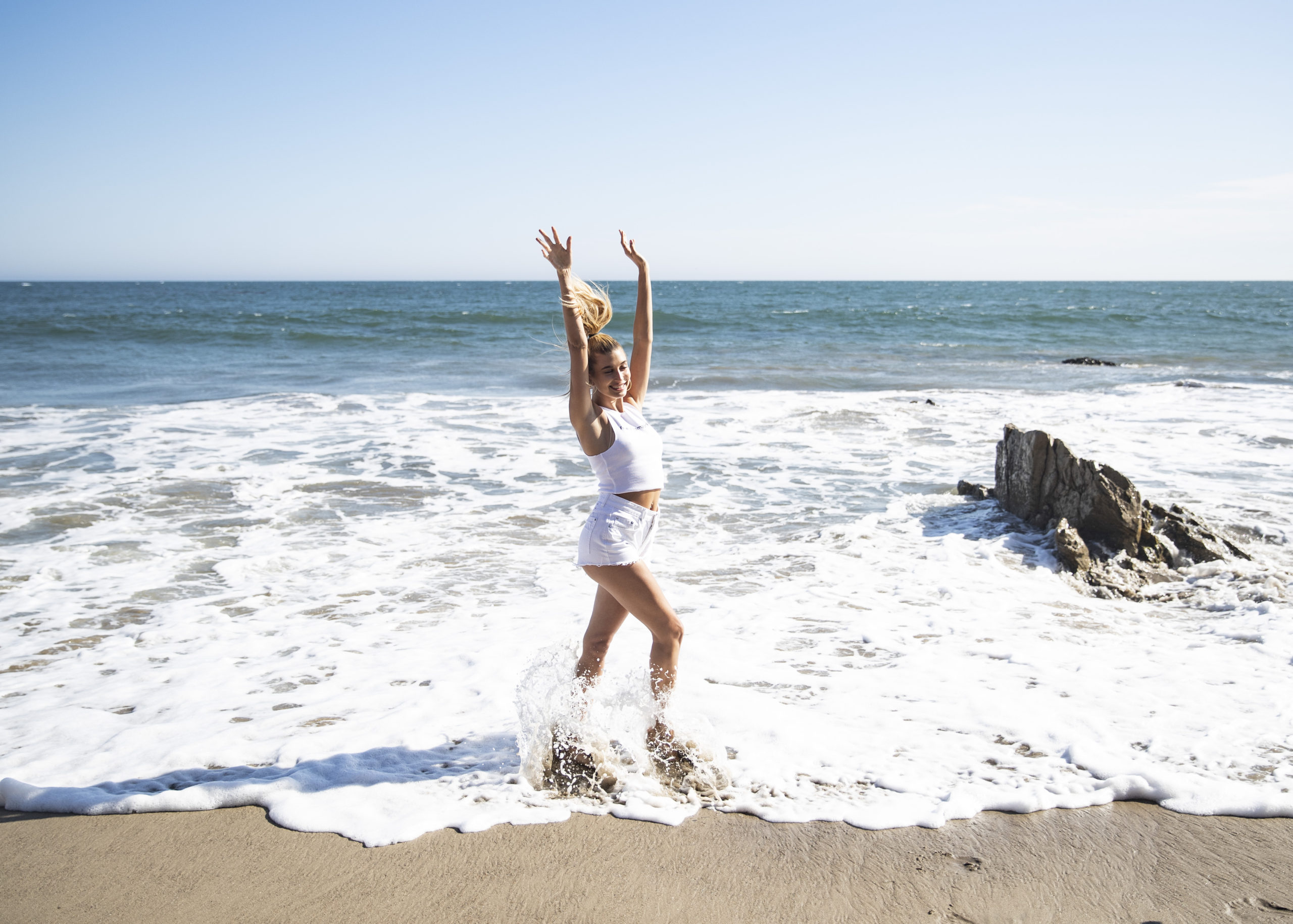5 Simple Changes You Can Make to Save Our Oceans and Waterways

When we think about Earth Day, sustainability, and our global climate, it’s easy for our minds to go straight to trees, birds, animals, and the sky. Often forgotten are our oceans and waterways, which account for a whopping 71% of the planet.
According to the National Ocean Service (NOAA), oceans produce over half the world’s oxygen, and they absorb 50 times more carbon dioxide when compared to the atmosphere. Oceans also play a key role in climate regulation and weather patterns, and they are home to countless aquatic species — many of which we have yet to discover. Other waterways, such as lakes, streams, rivers and tributaries, are also vital to our earth’s wellbeing.
Ocean and waterway ecosystems are delicate and have already been greatly affected by global climate change, and it’s important we understand this not to be afraid, but inspired. There are ways that you, personally, can help conserve water. In honor of Earth Day, with expert insight we’re outlining 5 changes you can make starting right now.
Care About the Climate Crisis
Something as great and overwhelming as climate change can feel overwhelming, but it’s important to recognize the problem and genuinely care.
“The climate crisis is the single greatest risk that our planet, and therefore our oceans, face,” says Drue Slatter, the digital content producer for 350.org, an organization dedicated to raising awareness about the climate crisis. “Ocean acidification, coral bleaching, oil spills and ecosystem destruction are just some of the ways that the climate crisis threatens our oceans.”
While individual lifestyle changes can reduce your carbon footprint, Drue notes that right now we’re most in need of widespread systematic change. In addition to caring, you can use your vote, bank with financial institutions that are aligned with sustainable practices, and contact your local leaders about prioritizing policies that keep the earth top of mind.
Avoid Single-Use Plastic
Single-use plastics are products, typically manufactured from fossil-fuel based materials, that are used once and then disposed of. Major culprits include water and soda bottles, bags, straws, Styrofoam and plastic food containers.
“Unfortunately, plastics often end up in our oceans and waterways, polluting the ecosystem and harming animals,” says Jodi Manning, vice president of Cool Effect, a non-profit crowdfunding platform that allows individuals to fund carbon-reducing projects across the globe. “According to NOAA, it takes a plastic bottle 450 years to decompose in the ocean. It’s time to cut back on plastic consumption, prioritize reusable materials, and in turn help conserve and protect our oceans and the animals that call it home.” If you’re feeling overwhelmed, how about committing to some quick and easy swaps in your bathroom?
Know Your Food Story
“For seafood eaters, it can be difficult to always know where your seafood comes from. However, destructive fishing practices and rampant overfishing has led to the collapse of global fisheries, biodiversity loss, and ecosystem breakdowns,” says Drue. “When and where possible, choose to buy from sustainable or small-scale fisheries. You can also reduce the seafood in your diet if you can’t always determine the source of your fish.” One super easy-to-use resource is the Monterey Bay Aquarium’s Seafood Watch site, where you can get species-specific info to help refine your meal planning.
Use Reef-Safe Sunscreens
In the last three decades, over 50% (and counting) of the world’s coral reefs have been destroyed. There are many contributing factors, including global climate change, ocean acidification, and physical/chemical damage.
“Right now is the perfect time to talk about switching sunscreens. There are chemicals found in many sunscreens that kill the coral reefs,” says Leah Segedie, environmental consumer watchdog, activist, and founder of Mamavation. (NOAA provides a full list.)
Currently, there’s not much government regulation over sunscreen aside from its actual efficacy. However, some places such as Hawaii, have outright banned certain ingredients and products. Ultimately, though, it’s up to you as the consumer to read ingredient labels and avoid products that aren’t reef-safe. As a general rule of thumb, mineral-based or “physical” sunscreens are more eco-friendly than chemical ones. (Fun fact: our entire product lineup is free of chemical sunscreens.)
Swap Out Harmful Chemicals
In addition to being more mindful of your sunscreen products, you can take a closer look at the ingredients and chemicals found in the products you use every day.
“Everything we use has to end up somewhere, and many daily household products can rack up a lot of toxic run-off,” says Drue. “Swapping out cleaning detergent for vinegar, or fertilizer for compost can make sure these pollutants don’t end up in our streams, rivers and oceans.”
At the end the day, choosing non-toxic chemicals and properly disposing any hazardous chemicals could protect your nearby water sources from unnecessary toxic waste.
If you’ve made it this far, we encourage you to commit to several (if not all) of the above changes to better protect our delicate, vitally important oceans and waterways. Try these changes for a week, a month, a year and beyond. It’s incremental changes like these — especially when applied on a massive scale — that will ultimately affect real change.





